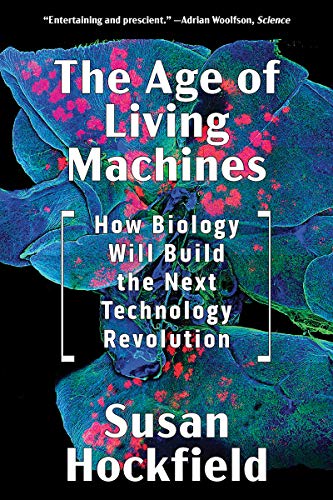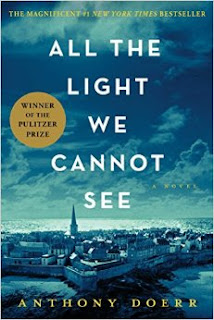
This hypnotic novel tells the story of a house, Mortmain House, located in the Welsh Marches, and the people whose lives intersect with its sad history.
Mortmain, means “dead hand,” because the house was protected from taxation for its so-called charitable purposes. The house served as a workhouse and orphanage before it fell into disrepair.
When Melissa Anderson gives birth to conjoined twins in the 1980’s, the prognosis for their separation is good. Since they are only joined at the shoulder and side, doctors expect they will be able to separate them.
Their story is intertwined with another set of conjoined twins who lived at the turn-of-the-century, Viola and Sorrel, who faced vastly different prospects.
Hopelessly entwined, Viola and Sorrel, are sent to Mortmain, the house for unwanted children. From there they are sold to Tom Dancy’s freak show.
The novel moves back and forth from the present to the past. Readers are given glimpses of the the twins from the eighties, Simone and Sonia, and contrasted with their turn-of-the-century counterparts.
In one fateful moment, Simone meets her twin at Mortmain, whom she has never met before.
After the eighties twins are separated, one of the twins, Sonia, is kidnapped by a woman who feels she is “owed a child.” She has an odd reason for believing that Melissa owes her a child–and its all goes back to Mortmain House.
A thriller, a mystery, and a gothic horror story, this is an intriguing novel about the power of secrets, telepathy and ghostly occurrences.









